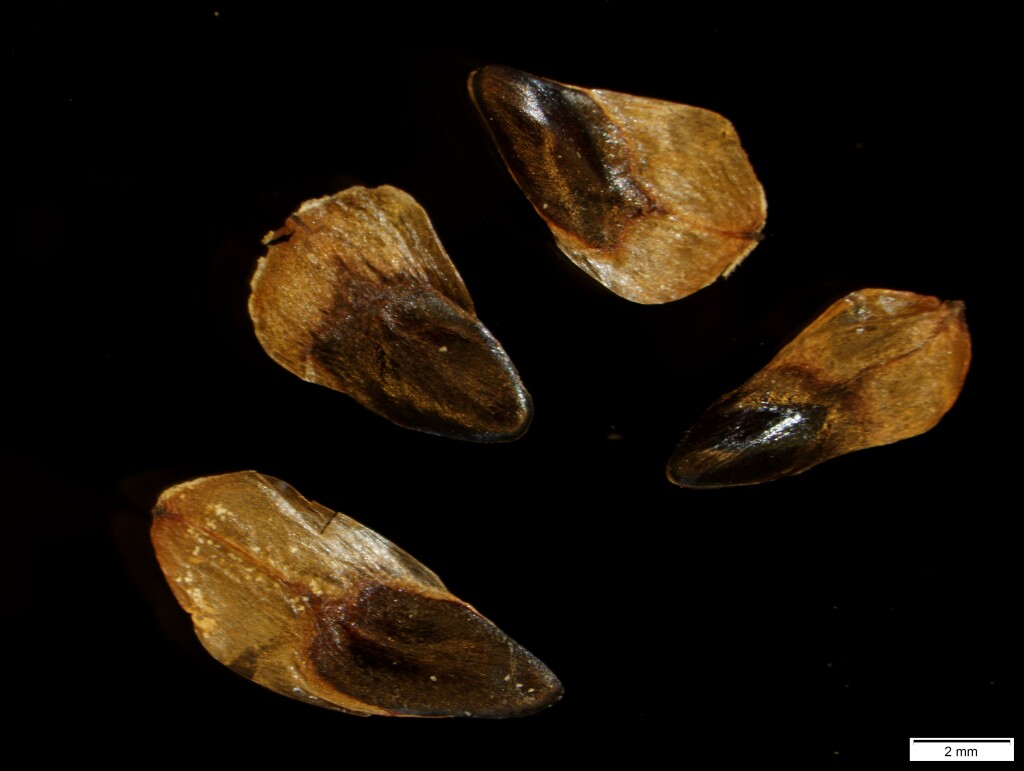Allocasuarina mackliniana
L.A.S.JohnsonDioecious, rarely monoecious, shrub 0.5–3 m high; penultimate branchlets woody. Bark smooth. Branchlets ascending, to 20 cm long; internodes 7–17 mm long, 0.8–1.4 mm diam., smooth, pubescent or glabrous in furrows; ribs slightly rounded. Teeth 7–10, recurved to spreading, 0.7–2 mm long, usually overlapping at least at bases, strongly withered. Male spikes very dense and thick, 1-4 cm long, 4–10 whorls per cm; anther 0.8–1.5 mm long; bracteoles persistent. Cones cylindric, occasionally broader than long, sessile or on peduncle to 3 mm long; cone body 12–22(–30) mm long, 8–14(–20) mm diam.; valves in several rows, hardly extending beyond cone body, obtuse to broadly acute, pyramidal protuberance slightly shorter than bracteole body. Winged seeds 5–8 mm long, dark red-brown to black.
LoM, MuM, Wim, GleP, Brid, VVP, GGr, DunT.
3 subspecies are recognised, all in Victoria. See also notes under Allocasuarina paradoxa.
Entwisle, T.J. (1996). Casuarinaceae. In: Walsh, N.G.; Entwisle, T.J., Flora of Victoria Vol. 3, Dicotyledons Winteraceae to Myrtaceae, pp. 90–101. Inkata Press, Melbourne.
 Spinning
Spinning

